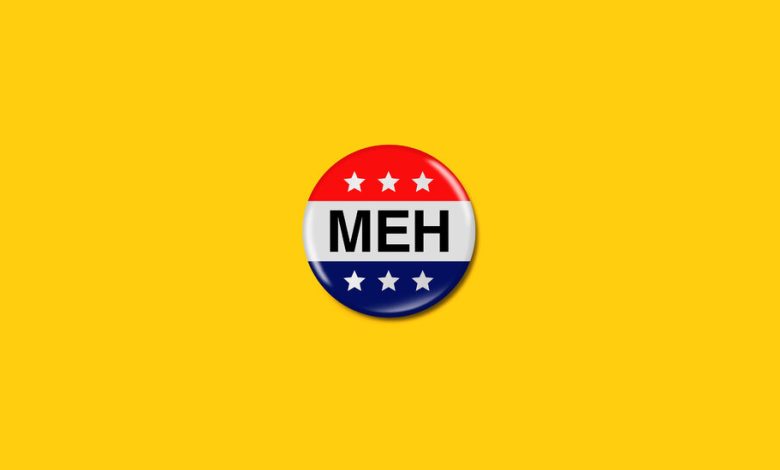They Could Decide the 2024 Election. If They Vote.

“I wish God gave green noses to undecided voters, because between now and election eve, I’d work only the green noses,” Matt Reese, one of America’s first full-time political consultants, liked to say.
Listen to this article, read by Natalia Castellanos
Open this article in the New York Times Audio app on iOS.
Decades after Reese helped John F. Kennedy win the 1960 Democratic primary, consultants no longer need to wish for divine intervention. Microtargeting — the kind of selective persuasion efforts that Reese dreamed of — has become a fixture of 21st-century campaigns. Field operatives now target swing voters house by house, carrying computer tablets loaded with polling, registration and market-research data. And everyone understands that in close presidential elections, a few thousand votes in one state or another may decide the winner.
But as Americans grow more polarized in their political identities, the number of swing voters diminishes. So a different kind of inconsistent voter grows more important: one who vacillates not so much between parties or candidates but between voting and not voting. Let’s call them the “ambivalent voters.” They’re the ones who often believe that showing up at the polls just isn’t worth the hassle.
Elections, historically, are decided not only by those who cast votes but also by those who don’t. President George W. Bush edged out Al Gore in the 2000 election by 537 ballots in Florida. Yet there’s a case to be made that the five million Floridians who were eligible to vote in that election but did not were the ones who really tipped the balance.
And nearly half of Americans regularly join the opt-out club. According to the University of Florida Election Lab, 44 percent of citizens who were eligible to vote in 2020 did not. The political scientists Lyn Ragsdale and Jerrold G. Rusk of Rice University have calculated that from 1920 to 2012, the slice of voters who sat out presidential contests averaged 42 percent. But in any given election, those who stay home or tune out may change: Fully 25 percent of the ballots in 2020 were cast by people who didn’t vote in 2016. A “nonvoter” can transform into a voter at any time — and if most of them break in the same direction, their decision to participate can be decisive.




